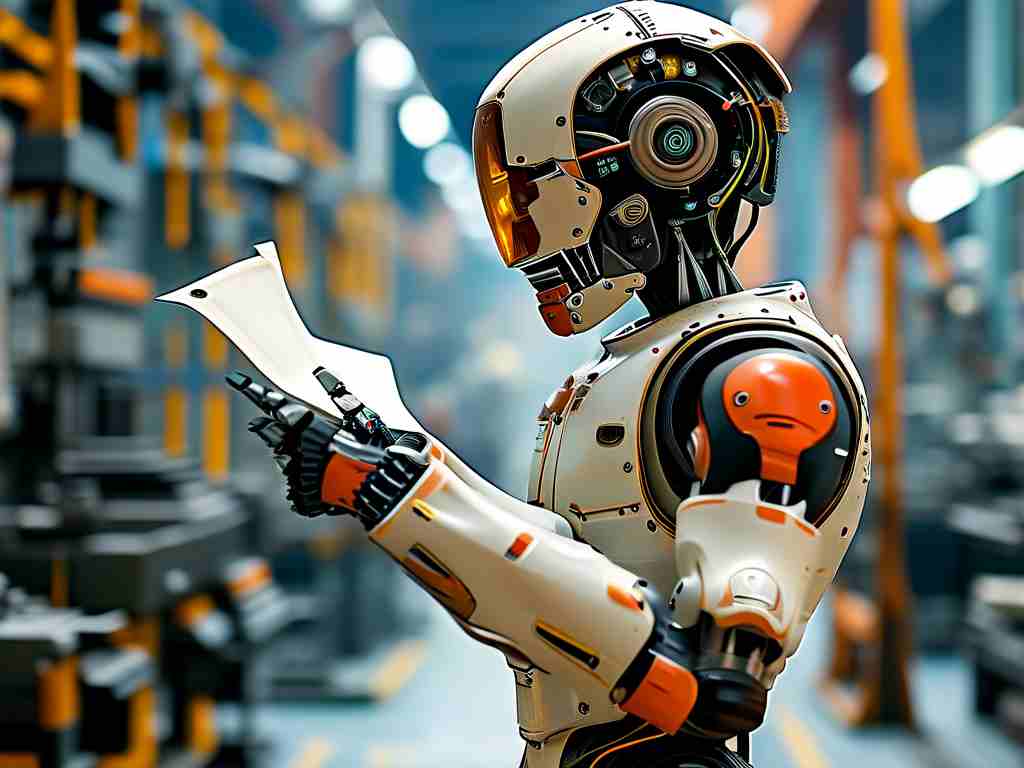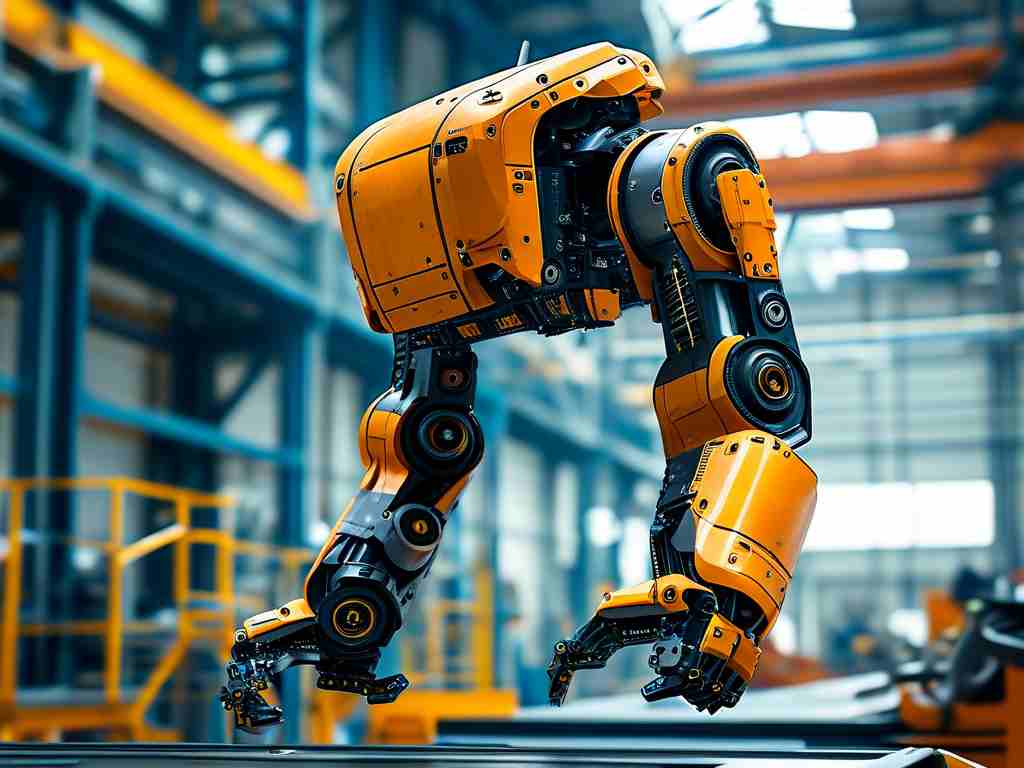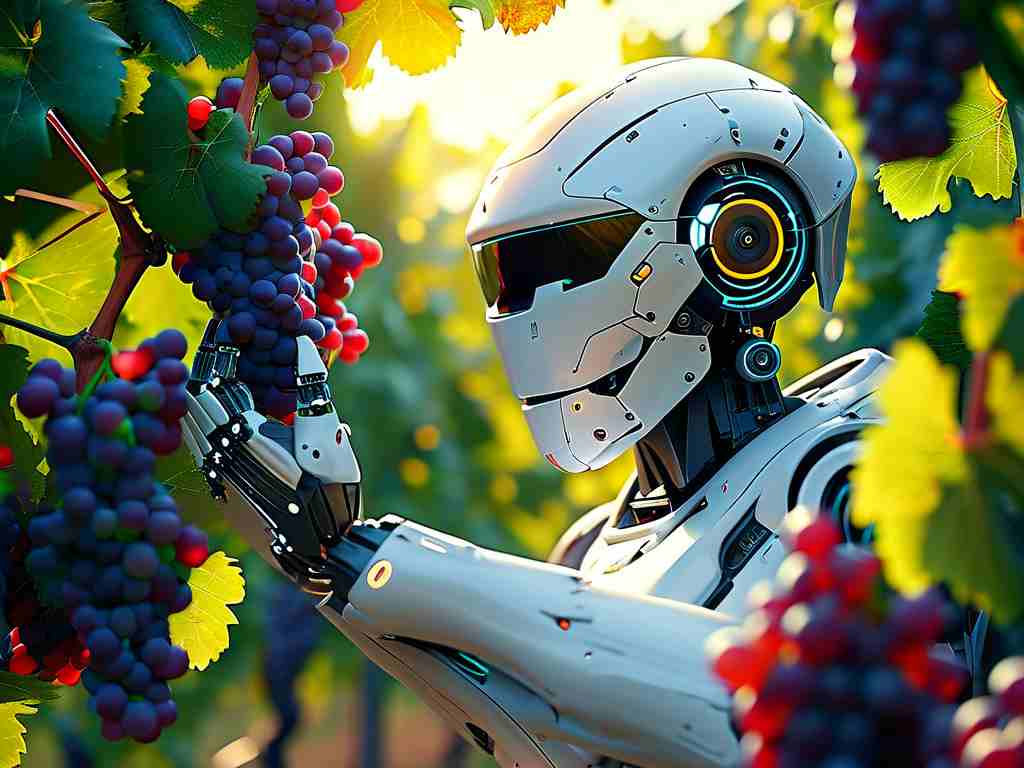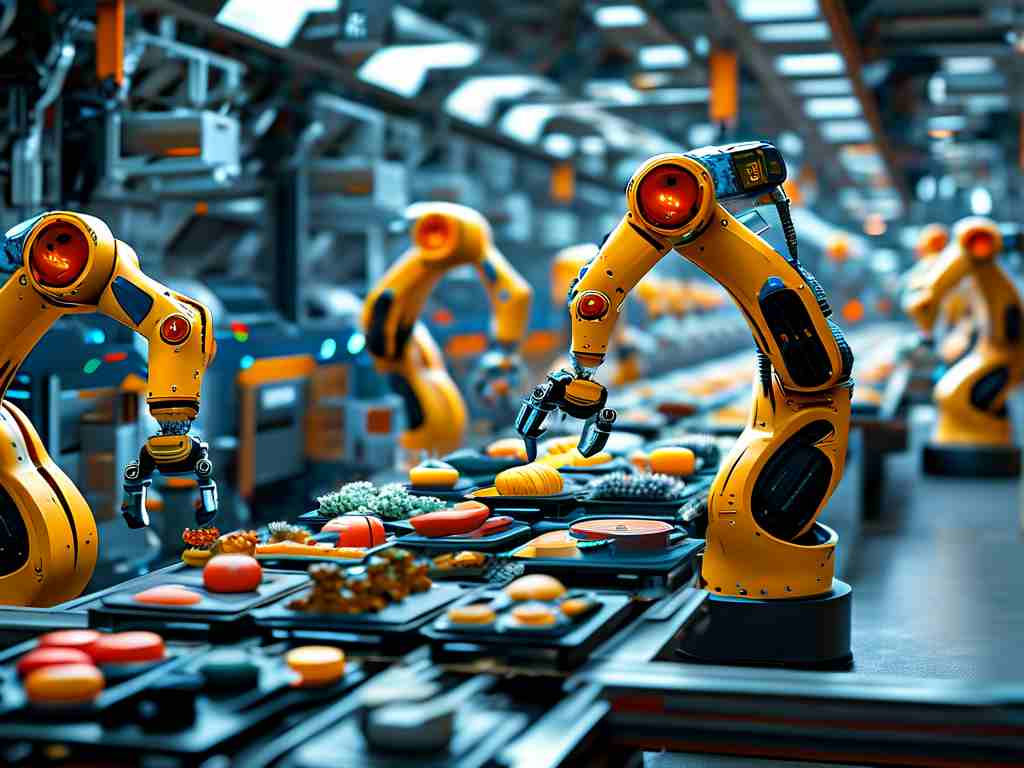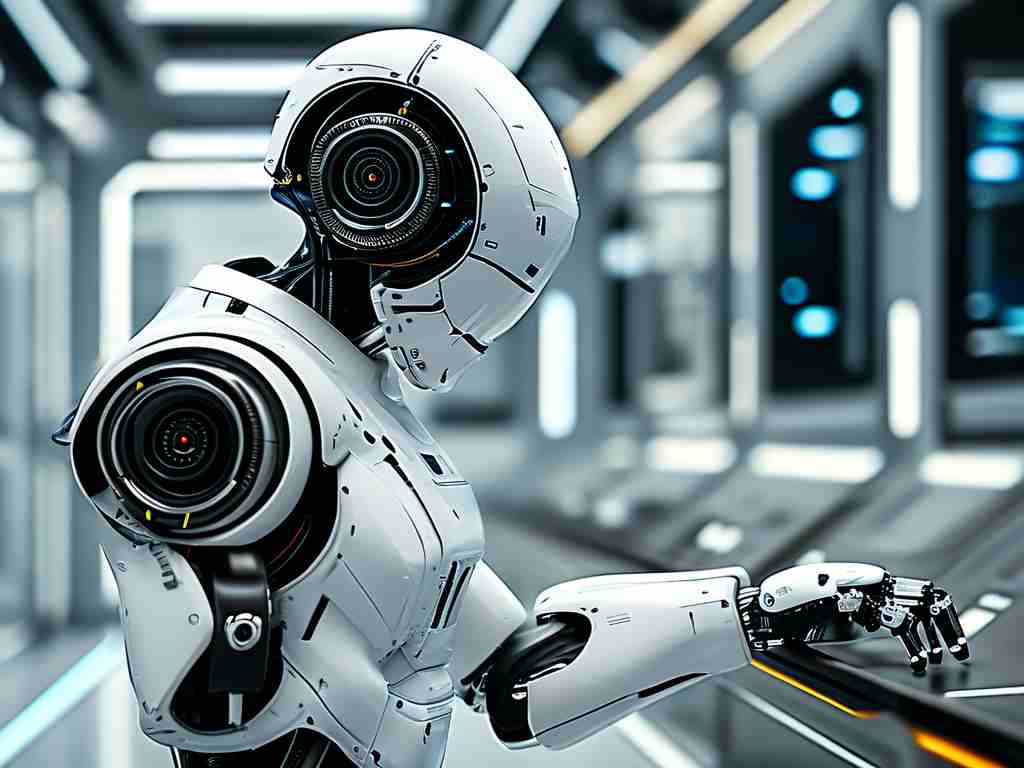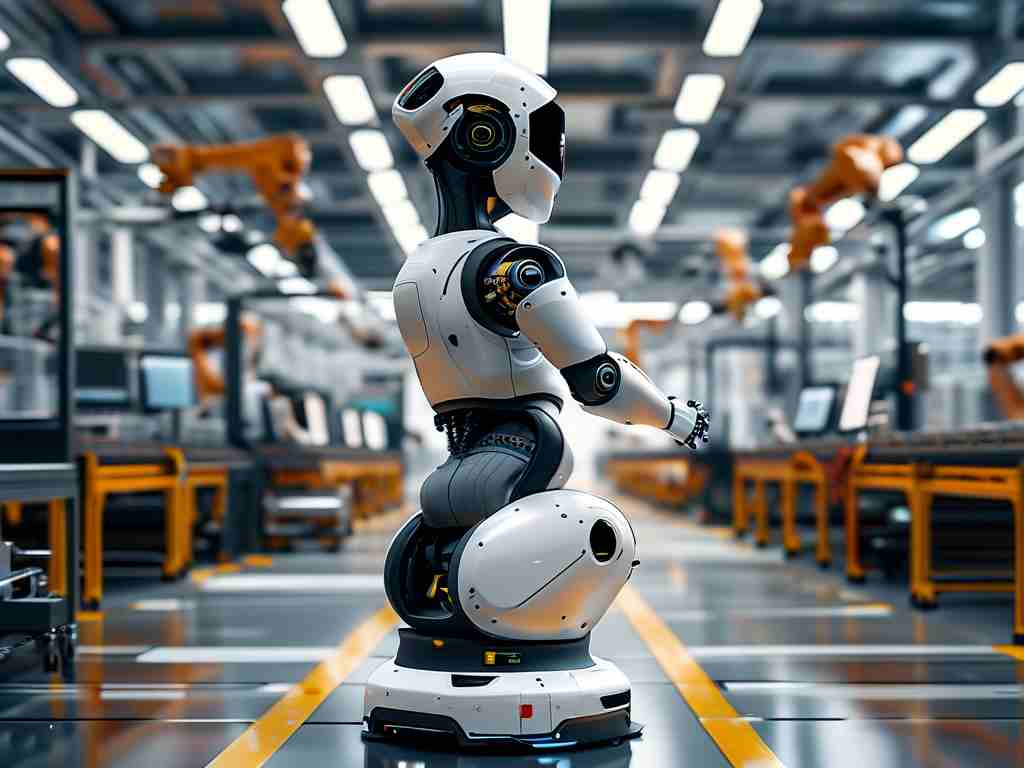Robotic brewing technology represents a groundbreaking shift in the beverage industry, blending advanced automation with traditional brewing methods to enhance efficiency, consistency, and innovation. This technology leverages robots and AI systems to handle various stages of beer production, from ingredient handling to fermentation control, reducing human intervention and minimizing errors. As breweries worldwide adopt these innovations, the implications for quality and scalability are profound, making it essential to explore how these systems operate, their benefits, challenges, and future potential.
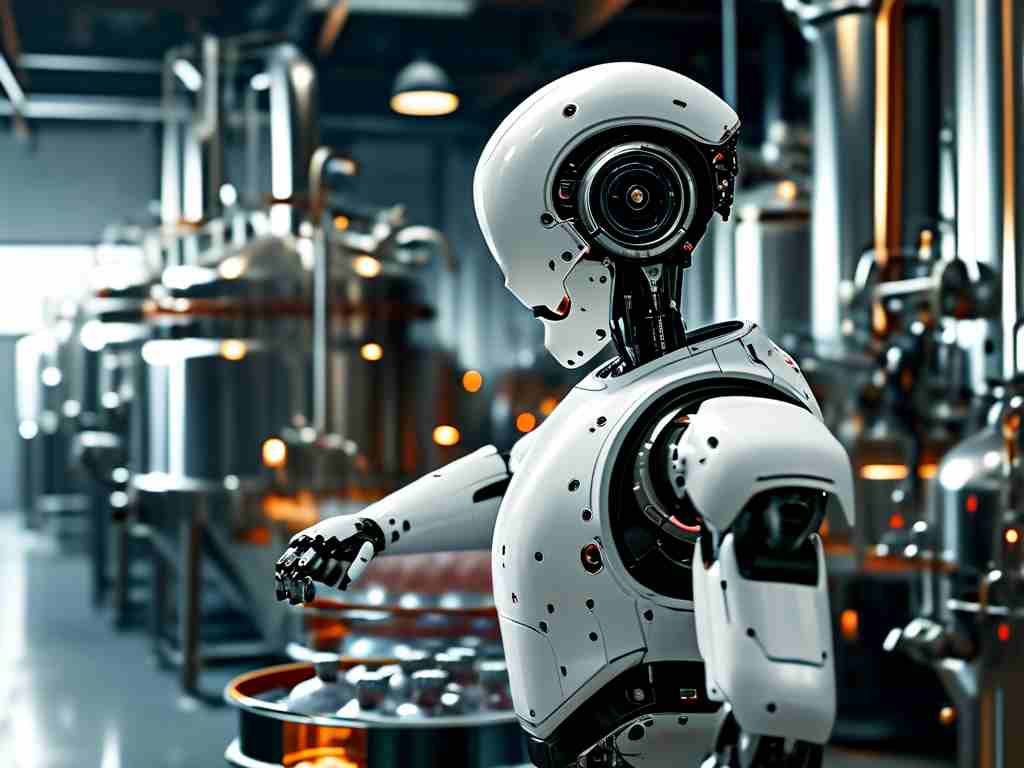
The core of robotic brewing technology lies in its integration of mechanical arms, sensors, and software algorithms that mimic or surpass human capabilities in brewing tasks. For instance, robotic arms equipped with precision tools can measure and mix grains, hops, and water with exact proportions, ensuring recipe accuracy down to the milliliter. Sensors monitor critical parameters like temperature, pH levels, and fermentation progress in real-time, feeding data to AI controllers that adjust conditions instantly to maintain optimal brewing environments. This level of automation not only speeds up production cycles but also eliminates inconsistencies caused by human fatigue or oversight, resulting in beers that taste identical batch after batch. A notable example is the use of collaborative robots, or cobots, in craft breweries where they handle repetitive tasks such as stirring mash tuns or transferring liquids between tanks, freeing up human staff to focus on creative aspects like flavor experimentation.
Beyond operational efficiency, robotic brewing offers significant economic and environmental advantages. By automating labor-intensive processes, breweries can reduce staffing costs and reallocate resources to research and development. For example, a mid-sized brewery implementing robotic systems might cut production time by up to 30%, translating to faster market delivery and higher profit margins. Environmentally, these technologies promote sustainability through precise resource management; sensors optimize water and energy usage, minimizing waste in an industry where water consumption is notoriously high. Additionally, AI-driven analytics predict equipment maintenance needs, preventing costly breakdowns and extending machinery lifespan. However, this innovation isn't without hurdles. High initial investments for robotic setups—often ranging from $50,000 to $500,000 depending on scale—pose barriers for small breweries. Moreover, the complexity of programming and maintaining these systems requires specialized technical skills, which can lead to dependency on external experts and potential downtime during software updates or malfunctions.
Looking ahead, the future of robotic brewing technology is poised for exponential growth, driven by advancements in AI and machine learning. Emerging trends include hyper-personalization, where AI algorithms analyze consumer data to create custom beer recipes tailored to individual tastes, such as adjusting bitterness or aroma profiles on demand. Integration with Internet of Things (IoT) devices will enable remote monitoring and control, allowing brewers to manage operations from anywhere via smartphones. Furthermore, as global demand for craft beers rises, robotic systems could democratize brewing, enabling startups to compete with established giants by offering scalable, low-cost solutions. Ethical considerations, like job displacement in traditional brewing roles, must be addressed through retraining programs to ensure a balanced workforce evolution. In essence, robotic brewing technology is not just a tool for automation but a catalyst for industry-wide transformation, promising unparalleled quality and innovation while navigating its inherent challenges.


